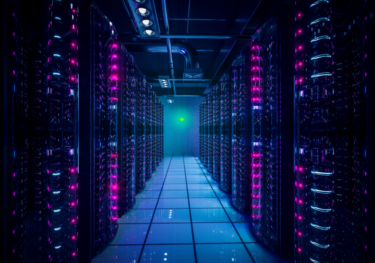How GenAI will change the world economy
Generative AI has the potential to substantially improve the medium-term growth outlook for the economy. It arrives at a perfect moment – labour is going to be less supportive of growth as aging dynamics hit home and productivity is flagging.
What you will learn:
- According to our modelling, the impact of GenAI on medium-term growth will be sizable. Using the US as a case study, we estimate GDP there could rise by between 1.8%-4% by 2032 depending on the speed of adoption. Other less flexible and knowledge-rich countries should also benefit, though to a lower extent.
- Gains from GenAI may be even greater if it not only helps to automate tasks but also leads to increased innovation. At this stage, however, we are sceptical of a permanent increase in productivity growth – we think the more significant productivity gains will come from the automation of a wide array of tasks.
- Although the economy wide-gains will arrive eventually, they won’t be immediate. We think the impact of GenAI is likely to be a disinflationary force for the global economy in the medium term, as higher productivity is unlikely to be matched immediately by higher wage growth. In contrast, AI-related investment may raise demand, adding to cost pressures.

Tags:
Related Services

Post
Global enterprise tech spend pushed by secular, pulled by cyclical
Global spending on technology products by businesses and governments will grow 5.8% in 2025, adjusted for inflation and currency movement, which is over twice the pace of GDP, according to Oxford Economics’ latest forecasts. Adding the impact of prices and currencies, global enterprise tech spend will increase 7.6%, exceeding $6.5.
Find Out More
Post
Rising demand fuels surge in US data centre construction
The demand for data centres in the United States is rapidly increasing, driven primarily by the continued rise of cloud computing and the emergence of artificial intelligence (AI).
Find Out More
Post
Rethinking China’s productivity prospects in the era of AI
Adverse demographic trends imply that the only alternative for sustaining China's longer-term growth momentum would be to sharply accelerate productivity growth. The timely emergence of generative AI could partially close this gap.
Find Out More